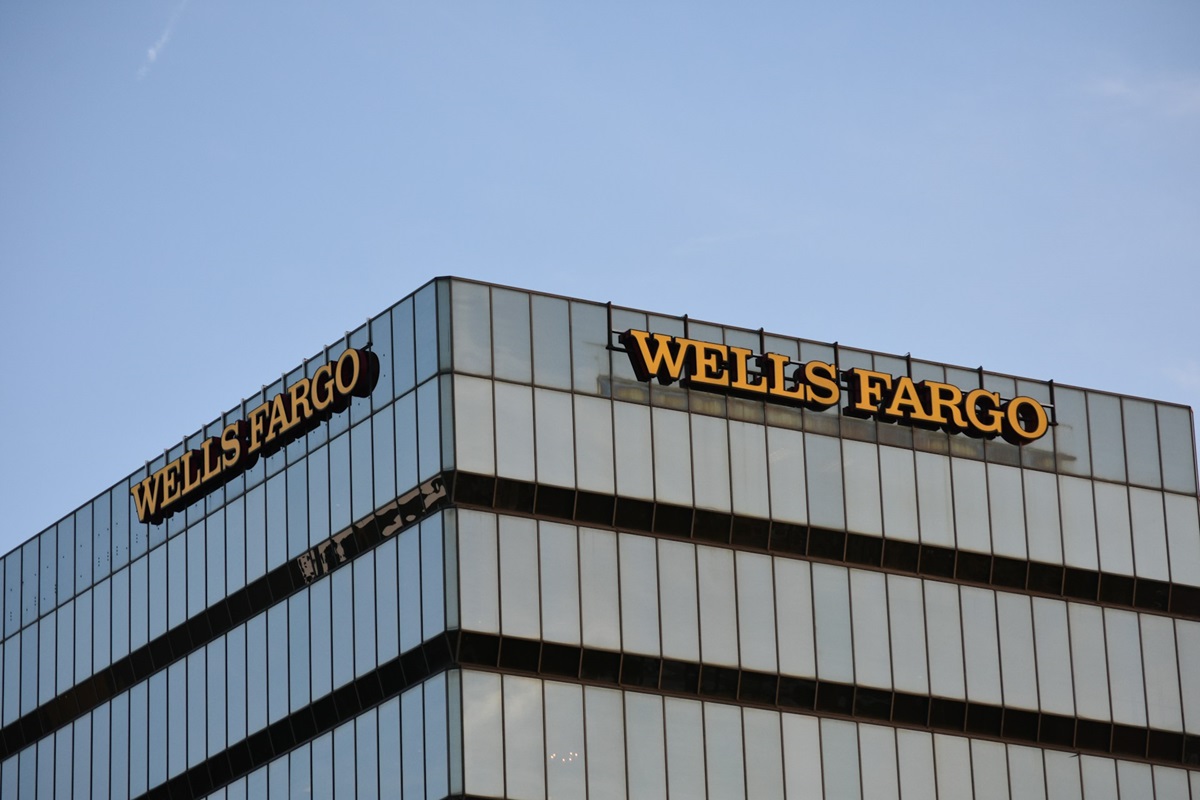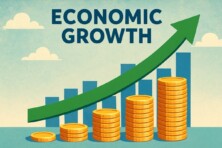Wells Fargo & Co. Chief Executive Officer Charlie Scharf said that his financial institution in a very target way expanding its corporate segment of investment banking services.

Last Wednesday, May 29, the head of the mentioned bank, during a speech at an industry conference, said that the opportunity to scale underwriting and advisory is currently the most pressing interest for the lender. It is worth noting that a financial institution is already taking on risky lending to customers and receives less for it than its competitors.
Charlie Scharf took over as Wells Fargo CEO in 2019. Since then, he has sought to expand the scale of the financial institution’s presence on Wall Street. Wells Fargo is currently the fourth largest organization in the United States banking sector. One of Charlie Scharf’s first decisions as head of a financial institution was to split corporate and investment activities into a separate unit that reports directly to him. Jon Weiss was appointed head of the mentioned structural unit in the bank’s functioning system. Also in May, was hired a JPMorgan Chase & Co veteran Fernando Rivas, who became the second head of the specified unit.
Charlie Scharf says that there are examples of how, when mistakes were made in the formation of a separate corporate and investment business, a negative result was obtained, meaning that efforts were in vain. According to him, Wells Fargo understands well what the concept of action should be in the context of the mentioned decisions. He also stated that customers will begin to notice that the financial institution is involved in a much wider range of transactions, getting payment in a variety of ways. According to him, in this case, Wells Fargo is not focused on the goal, which is simply to take a leading position in the lending facility.
This year, the bank also hired Doug Braunstein, another former JPMorgan executive, as vice chairman to contribute to the expansion of the business.
The profit of Wells Fargo’s corporate and investment unit increased by 9.3% last year. This result is due to a growth in revenue from investment-banking operations by 16% and rising revenue from sales in the markets by 37%.
It is worth noting that Wells Fargo continues to be subject to the asset cap limiting that was established by the Federal Reserve System. Within this limitation, the size of a financial institution cannot exceed the corresponding level observed at the end of 2017. In November, the media reported that the bank’s management, in private conversations, talks about the expectation that the sanctions will last at least until the beginning of 2025. Throughout his tenure, Wells Fargo CEO Charlie Scharf has repeatedly said that working with risks and regulatory issues is his top priority. The head of the fourth largest US bank once again stated his commitment to this priority on Wednesday.
Also this week, the media reported that Charlie Scharf, during a private conversation with investors, said that a financial institution could be more actively involved in corporate lending and trading if regulators lifted the asset limit. It is worth noting that the asset cap is $1.95 trillion. Regulators applied this measure of punishment against the background of the Wells Fargo fake accounts scandal.
According to media reports, Charlie Scharf also told investors that the bank was correcting the problems that caused the asset limit, but the cancellation of this decision depends only on regulators.
It is worth mentioning that some restrictions on Wells Fargo were removed in February when the Office of the Comptroller of the Currency (OCC) terminated a 2016 consent order. The consent order was related to deficiencies and unsafe or unsound methods in the risk management and sales practices of a financial institution.
In September, a judge approved a settlement under which Wells Fargo must pay $1 billion to settle an investor lawsuit related to the scandal with unauthorized customer accounts. After that, the total amount of payments from the bank in the aftermath of the mentioned scandal reached $5 billion.









